Our cinema is showing Mamma Mia! Here We Go Again and I’m reminded of a remark attributed to Mark Twain, that ‘history doesn’t repeat itself but it often rhymes’. On 3 October 2008, three weeks after the bankruptcy of Lehman Brothers, treasury secretary Hank Paulson’s $700 billion bailout for the US banking system was passed into law at the very hour when I was watching the original Mamma Mia! movie and observing the impact of a mass inoculation of feelgood on a crowd battered by frightening financial news.
And it was early the following Wednesday that I heard of chancellor Alistair Darling’s de facto nationalisation of RBS and Lloyds-HBOS and his emergency liquidity scheme to keep the nation’s cash machines working. ‘See Mamma Mia! as often as you need to until you start to feel calmer,’ was the short-term remedy I offered distressed readers that day. ‘Sing along to all its familiar refrains, except perhaps the one that goes: ‘Money, Money, Money/ Always sunny/ In the rich man’s world.’ Not any more it isn’t, but we’ll get through this nevertheless.’
And so we did. My relatively measured response, in contrast to the hysteria prevalent in the markets and much of the media, may have felt inadequate as far as some readers and editors were concerned. But actually, for once, I was right: thanks to the bailouts, all but the weakest of the world’s commercial banks survived in one recapitalised form or another. Losses born by taxpayers were ultimately much less than initial headline figures. Equity markets stabilised and moved into their greatest bull phase. Among our own banks, even RBS now claims to have left ‘legacy issues’ behind. Ironically, only Barclays — which shunned bailout money and had the audacity to buy the rump of Lehman — is still enmired, with former executives awaiting trial for fraud.
There’s always a sequel
But just as film producers create sequels by reworking characters and motifs in new patterns, so markets are always shaping up for their next drama. We don’t know what form it will take but we recognise key ingredients, some of which are present today. There’s an incipient crisis in dollar–denominated emerging-market debt, of which currency slides in Turkey and Argentina are an early warning. Investors chase leading US tech stocks to crazy valuations. Crypto–currencies exemplify the element of bogus mystique that often precedes a wipeout.
US-China trade tension and Brexit chaos add cold fronts to the chart, but let’s hope realpolitik will prevail. And the essential crash factor that’s absent is an excess of real estate lending by over-leveraged banks, so let’s also be grateful that memories of the last splurge have lasted at least for a decade. Other pundits may mark Lehman’s anniversary by predicting imminent doom but, measured as ever, I beg to differ. As I’ve said before, an equity market correction is on the cards and might be no bad thing; bigger troubles, and the need for Mamma Mia! therapy, are further away.
Who’d want Carney’s job?
My man in a pink coat at the Bank of England calls to tell me it’s all my fault. After almost five years of pouring Mark Carney’s mineral water, my parlour-butler mole — already past retirement age — had been holding on for a last change of governor: someone who might enjoy a chat about cricket like Mervyn King or a ciggie by the bullion gate like Eddie George. But now Carney has agreed to stay an extra seven months beyond his indicated end-date of June 2019, which falls too uncomfortably close after Brexit’s March finale.
Why’s that my fault? Because when my column of 25 May jumped in early to list potential candidates and offer the view that Chancellor Hammond ‘won’t repeat his predecessor’s gambit of headhunting a hotshot from abroad’, my man says the powers-that-be realised none of the domestic runners looked sufficiently compelling to win support across political divides. More crucially, no one in their right mind would want to be named governor-in-waiting when their every word, past or present, would be scrutinised for Brexit bias (not to mention gender disrespect) and they might walk into market mayhem on their first day in the job.
So best leave it to Carney, whose utterances are habitually shot to pieces by Brexit-eers but who is highly respected abroad — hence a reassuring voice if sterling and gilts come under pressure — and has the kind of technocratic behind-closed-doors skills that would come into their own in a serious monetary crisis. He’ll never be a bundle of laughs, sighs my man, but we might be wise to put up with him for a while longer.
Keep Unilever in the FTSE
Unilever, the Anglo-Dutch consumer goods group, has confirmed its new corporate structure: instead of separate UK and Dutch listed companies managed in tandem — an arrangement that’s worked since the original 1930 cross-Channel merger — it will become a Dutch holding company with UK interests and with its shares listed in Amsterdam, London and New York. The change offers clarity, minor cost savings and protection against takeover, but has inevitably also been seen as an adverse reaction to Brexit. More significantly, the new Unilever parent is highly likely to drop out of the FTSE100 index — even though the secretive London Stock Exchange offshoot that determines the make-up of the index appears to have the discretion to keep it in, alongside the likes of the German travel operator TUI and Swiss-based commodity giant Glencore.
If the City is to retain its global stature, it needs to be seen as the natural place to trade shares of global companies, wherever their HQ. The LSE was keen enough to bend its own rules to accommodate the listing (that won’t now happen) of Saudi Aramco; surely it should do its utmost to keep a historic blue-chip such as Unilever up in lights in its leading index?
Got something to add? Join the discussion and comment below.
Get 10 issues for just $10
Subscribe to The Spectator Australia today for the next 10 magazine issues, plus full online access, for just $10.
You might disagree with half of it, but you’ll enjoy reading all of it. Try your first month for free, then just $2 a week for the remainder of your first year.


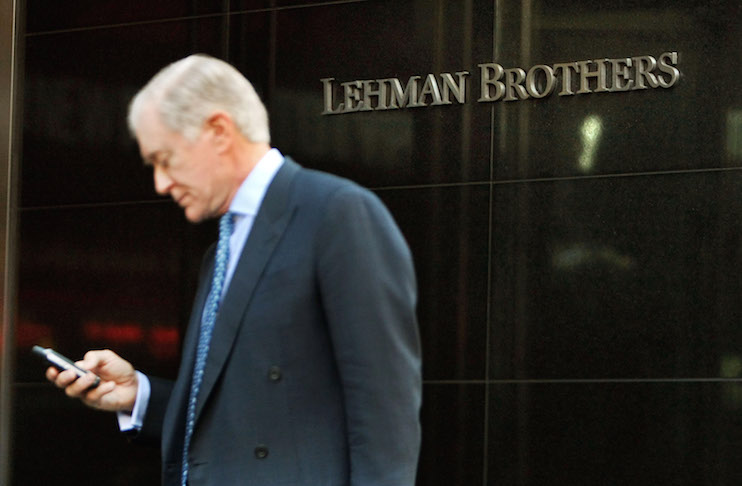

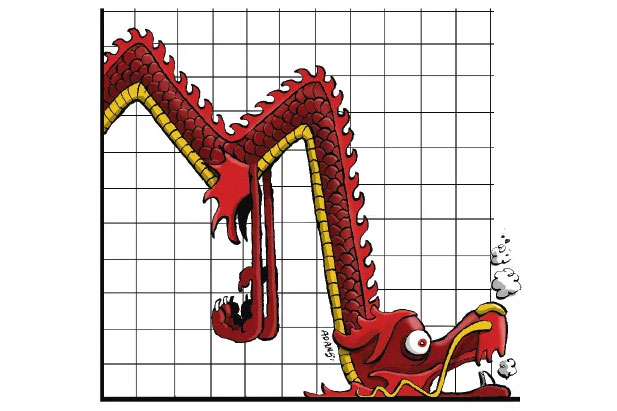
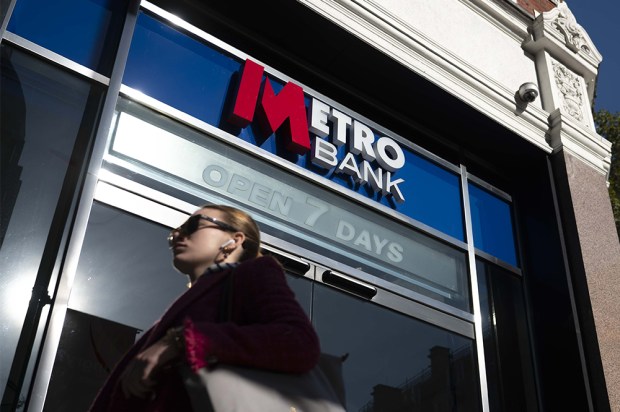
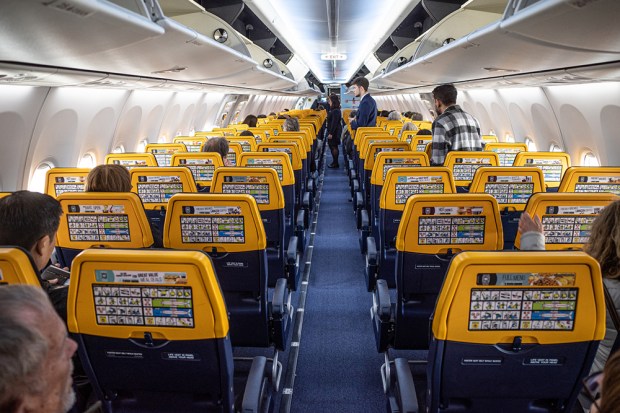

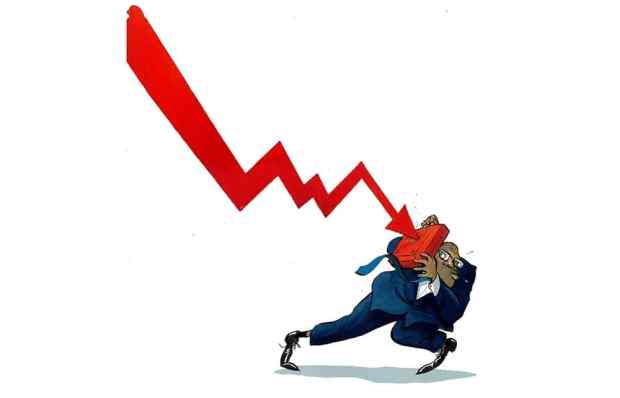






Comments
Don't miss out
Join the conversation with other Spectator Australia readers. Subscribe to leave a comment.
SUBSCRIBEAlready a subscriber? Log in